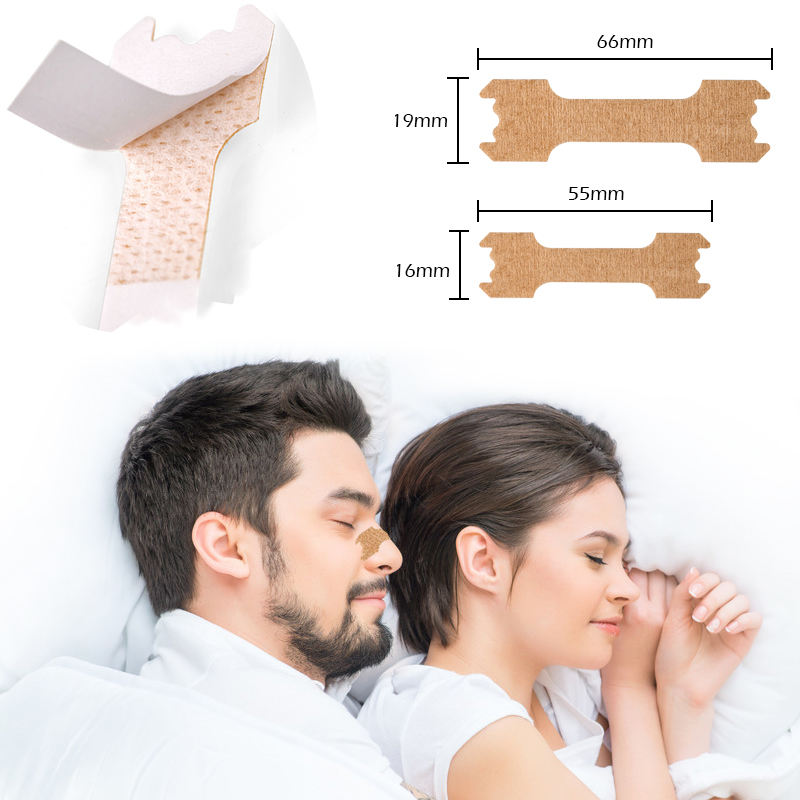Author:Kangdi 14-10-2024
While nasal strips have firmly established themselves in the sleep aid market, their true potential extends far beyond nighttime use. As innovative companies explore new applications, these simple adhesive bands are poised to disrupt multiple industries, presenting exciting opportunities for market expansion and diversification.
One of the most promising areas for growth is in the respiratory health sector. With increasing concerns about air quality and respiratory diseases, nasal strips could be marketed as daytime breathing aids. This positions them not just as sleep products, but as all-day wellness tools, potentially doubling their market reach. The recent global focus on respiratory health due to the pandemic further amplifies this opportunity.
The beauty and skincare industry presents another unexpected avenue for nasal strips. Innovative companies are exploring how the technology behind nasal strips can be adapted for use in facial treatments, potentially creating new products that lift and tighten skin temporarily. This crossover into the lucrative beauty market could open up premium pricing strategies and partnerships with high-end skincare brands.
In the tech world, the principles behind nasal strips are inspiring new wearable devices. Companies are developing smart nasal strips that can monitor breathing patterns, potentially revolutionizing home diagnosis of sleep disorders. This tech integration not only adds value to the product but also opens up new markets in the burgeoning health tech sector.
The pet care industry is another surprising area of potential growth. As pet owners become more attuned to their animals' health, veterinary researchers are exploring adapted nasal strips for breeds prone to breathing difficulties. This novel application could create an entirely new product category in the rapidly growing pet health market.
Moreover, the automotive industry is showing interest in the technology behind nasal strips. Some car manufacturers are researching how similar adhesive and flexing technologies could be used in vehicle design, potentially for aerodynamics or noise reduction. While in early stages, this demonstrates the far-reaching potential of nasal strip technology.
Environmental applications present yet another frontier. Scientists are investigating how the mechanical principles of nasal strips could be applied to create more efficient air and water filtration systems. This could lead to partnerships with environmental tech companies and open up entirely new markets in industrial and environmental sectors.
In conclusion, while nasal strips have found success in the sleep aid market, their potential reaches far beyond. By thinking creatively and exploring diverse applications, companies can position nasal strips and their underlying technology as versatile solutions across multiple industries. This expansive approach promises to breathe new life into the market, ensuring sustained growth and innovation in the years to come.
 0086 19937104978
0086 19937104978





